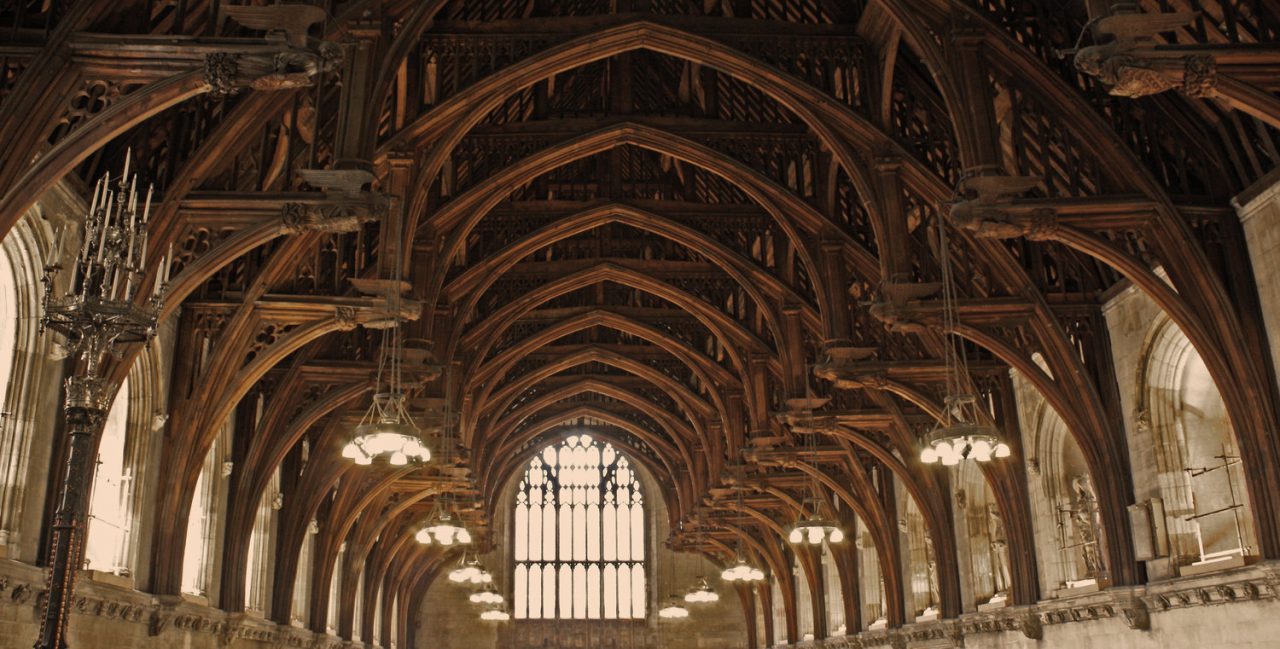
The Stuarts’ relationship with Catholicism is fascinating, but not wholly surprising. The founder of the royal House in England was James I, who succeeded the last Tudor monarch, Elizabeth I, in 1603. He originated in Scotland, the great-great-grandson of Henry VII and son of Elizabeth’s bested rival, Mary, Queen of Scots. Mary’s Catholicism – alongside her poor marital choices, gender and foreignness – lost her her crown and James’s Protestantism, even if sincere, was hardly a choice.
His faith ensured his place in the English succession, a point he reinforced by marrying the Protestant princess, Anne of Denmark, thus ensuring a Protestant heir. It spoke to anti-Catholic feeling in England – and Scotland, for that matter – but it’s worth noting the larger power balance in Europe. France and Spain, England’s true peers on the continental stage, remained Catholic. England was continually in and out of war with Spain, wounds which were very much wrapped up in the Reformation, from Henry VIII’s divorce from Katherine of Aragon, to the earnest desire of their daughter, Mary I, to marry King Philip II and deliver England back to Rome. Elizabeth I began her reign with tolerance, but as the decades wore on, she moved further and further away from appeasement, religion the source of nearly every plot and rebellion against her.
Continue reading “Catholicism & Stuart England” →









